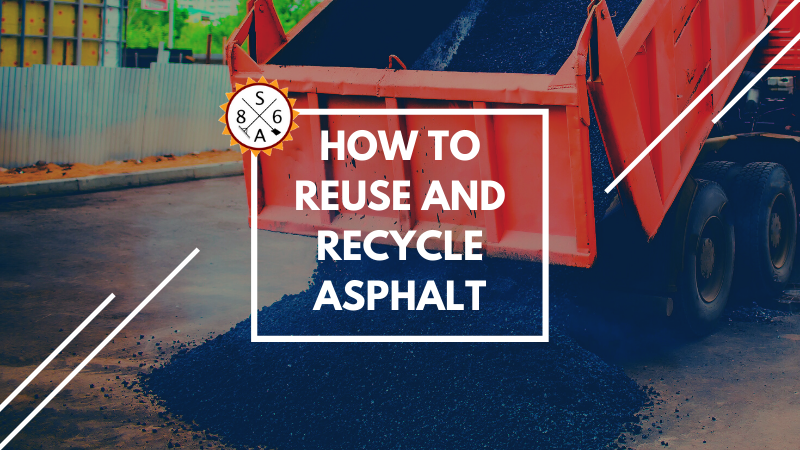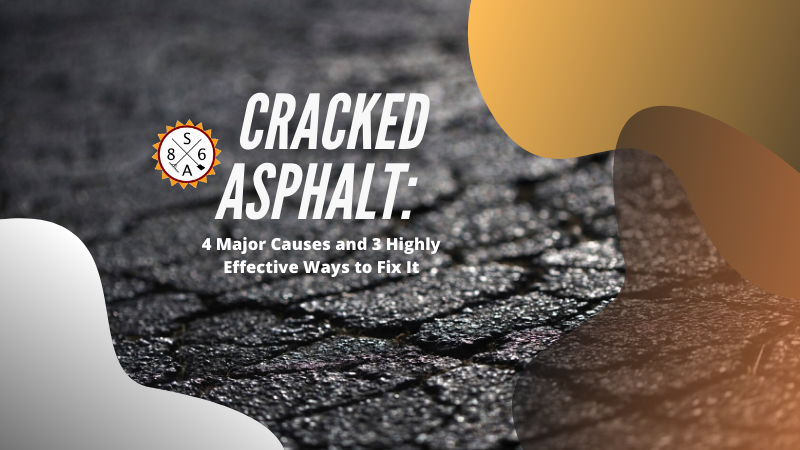
5 Planning Tips for Property Managers
Managing real estate can be a great way to earn a living. While there will always be a demand for property managers in the real estate industry, there are many important tasks that a property manager has to keep up with. One very important task that they need to follow is to keep up with the maintenance and repair for their concrete. While a asphalt and concrete can last for a long time, it does require some upkeep along the way. Eventually, the property will need either a new overlay or repairs to the existing concrete. There are five planning tips that a property manager should follow when going through this process.
Schedule and Prepare for the Consultation
If you have a property that you are looking to improve or notice that there are cracks or other wear and tear in the paving, it is important to have it checked out by a concrete and asphalt paving company as soon as you can. When you have one of these companies come out they will be able to provide a full consultation. This will include providing an assessment of the condition of your pavement and an analysis of what forms of remediation are available.
Once you have scheduled the consultation, you will need to prepare for it. This process will include clearing the pavement as much as possible and walking it to identify areas of concern that should be inspected. You should also questions prepared to ask your consultant when they arrive.
Review and Hone Your Budget
The cost of pavement projects can vary considerably from one to the next. It is important to have a good sense of what your project and future maintenance costs will be. You should assess your property budget regularly to ensure there are reserves available to pay for these costs.
Devise a Long-Term Maintenance Schedule
A maintenance schedule for any asphalt or concrete surface should also be put in place. Some forms of maintenance that are needed will include cleaning and reapplying sealer, cleaning up any spilled oil or stains as soon as possible and using chemicals that will not harm the concrete. Doing all of this will extend the life of your pavement.
Schedule Regular Site Inspections
Even if you stay current with your maintenance needs, you should stil inspect it regularly. A concrete inspector will be able to carefully check over your concrete to see if there are any cracks or other areas of concern. Based on these inspections, you may notice deferred maintenance items that can be fixed before turning into larger problems.
Choose the Right Commercial Paving Contractor
One of the most important tips that you can follow for any pavement job is choosing the right contractor. There are likely a variety of asphalt and concrete companies in your local area to choose from. When you are looking for a contractor, you should do some research online to get a sense of consumer reviews. It would be a good idea to get a sense of their reputation for quality work, staying within budget, getting the work done on time and providing good customer service.
When researching contractors, you should also meet with at least a few different options. This will allow you to get multiple opinions and quotes, which could then be compared to select the best deal. Prior to signing any contract you should also get a current copy of their license and insurance.
Managing real estate can be a great way to earn a living. While there will always be a demand for property managers in the real estate industry, there are many important tasks that a property manager has to keep up with. One very important task that they need to follow is to keep up with the maintenance and repair for their concrete. While a asphalt and concrete can last for a long time, it does require some upkeep along the way. Eventually, the property will need either a new overlay or repairs to the existing concrete. There are five planning tips that a property manager should follow when going through this process.
Schedule and Prepare for the Consultation
If you have a property that you are looking to improve or notice that there are cracks or other wear and tear in the paving, it is important to have it checked out by a concrete and asphalt paving company as soon as you can. When you have one of these companies come out they will be able to provide a full consultation. This will include providing an assessment of the condition of your pavement and an analysis of what forms of remediation are available.
Once you have scheduled the consultation, you will need to prepare for it. This process will include clearing the pavement as much as possible and walking it to identify areas of concern that should be inspected. You should also questions prepared to ask your consultant when they arrive.
Review and Hone Your Budget
The cost of pavement projects can vary considerably from one to the next. It is important to have a good sense of what your project and future maintenance costs will be. You should assess your property budget regularly to ensure there are reserves available to pay for these costs.
Devise a Long-Term Maintenance Schedule
A maintenance schedule for any asphalt or concrete surface should also be put in place. Some forms of maintenance that are needed will include cleaning and reapplying sealer, cleaning up any spilled oil or stains as soon as possible and using chemicals that will not harm the concrete. Doing all of this will extend the life of your pavement.
Schedule Regular Site Inspections
Even if you stay current with your maintenance needs, you should stil inspect it regularly. A concrete inspector will be able to carefully check over your concrete to see if there are any cracks or other areas of concern. Based on these inspections, you may notice deferred maintenance items that can be fixed before turning into larger problems.
Choose the Right Commercial Paving Contractor
One of the most important tips that you can follow for any pavement job is choosing the right contractor. There are likely a variety of asphalt and concrete companies in your local area to choose from. When you are looking for a contractor, you should do some research online to get a sense of consumer reviews. It would be a good idea to get a sense of their reputation for quality work, staying within budget, getting the work done on time and providing good customer service.
When researching contractors, you should also meet with at least a few different options. This will allow you to get multiple opinions and quotes, which could then be compared to select the best deal. Prior to signing any contract you should also get a current copy of their license and insurance.




